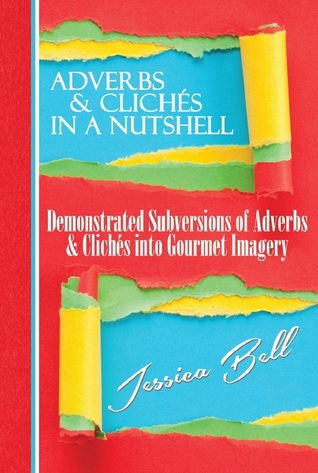Purple Prose:
writerly books
On My Writerly Bookshelf: Editor Proof Your Writing

On My Writerly Bookshelf: Adverbs & Clichés

On My Writerly Bookshelf: Creating Your Writer Platform

On My Writerly Bookshelf: The Moral Premise

On My Writerly Bookshelf: Publishing and Promoting Your Book

On My Writerly Bookshelf: Writing Love

On My Writerly Bookshelf: Show & Tell

On My Writerly Bookshelf: Writing (Brilliant) 21st Century Fiction

Writerly Quotes: Tension

On My Writerly Bookshelf: Going Deep

Writerly Quotes: Emotions

On My Writerly Bookshelf

On My Writerly Bookshelf: Editing

On My Writerly Bookshelf

Expanding Beyond Your Genre (and meet Brad Pitt)

On My Writerly Bookshelf: Symbolism

The Twelve Days of Christmas for Writers: Day Eleven

The Twelve Days of Christmas for Writers: Day Eight

The Twelve Days of Christmas for Writers: Day One

The Emotional Structure of Tangled: Part Two
